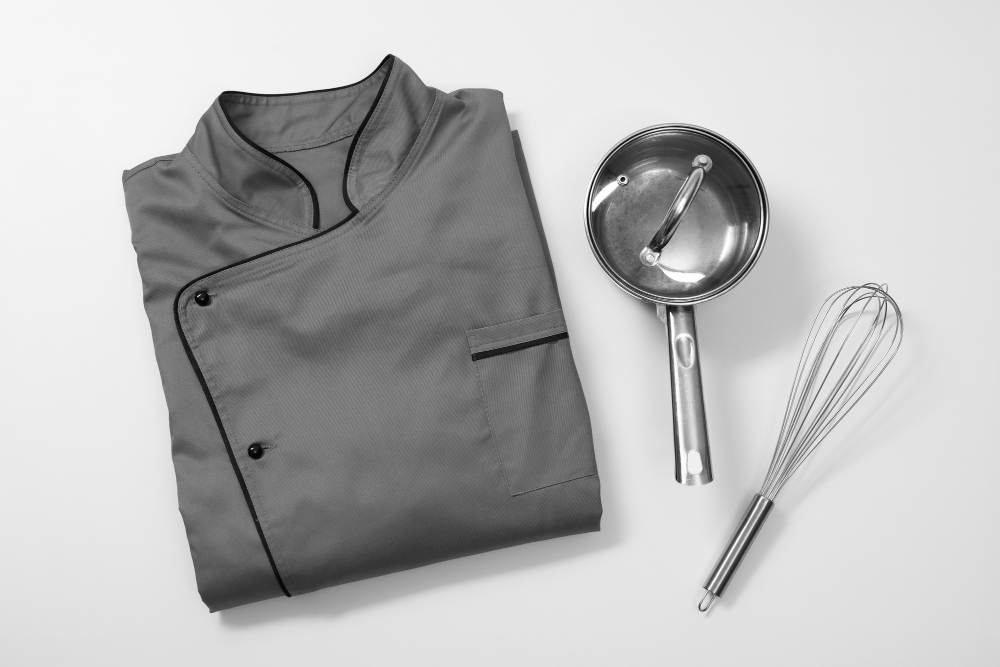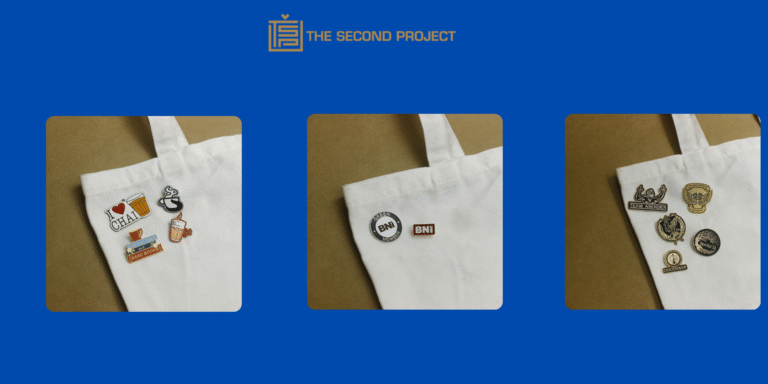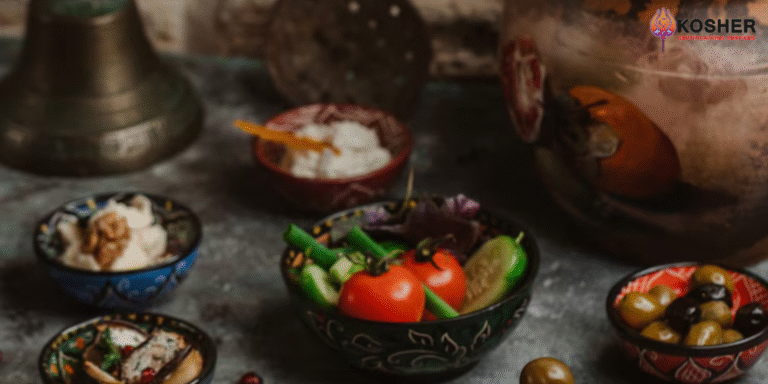
chef uniform
A chef uniform plays a crucial role in culinary professionalism, combining tradition, hygiene, and practicality. More than just work attire, it represents expertise and dedication to the craft of cooking. Whether working in a fine-dining restaurant, a busy hotel kitchen, or a catering service, chefs rely on well-crafted uniforms to enhance both their appearance and efficiency, ensuring comfort in demanding environments.
The Importance of a Well-Designed Chef Uniform
Chefs navigate heat, flames, and long working hours in high-pressure kitchens. A thoughtfully designed uniform prioritizes safety, comfort, and durability. High-quality materials provide ventilation, preventing overheating and discomfort. A well-fitted uniform allows unrestricted movement, essential for handling the fast-paced demands of culinary work. Restaurants and hospitality brands use chef uniforms to establish a consistent and professional identity for their staff.
Essential Components of a Chef Uniform
A chef’s uniform consists of multiple elements that serve both functional and aesthetic purposes. Each piece contributes to the chef’s efficiency and safety.
The Chef Jacket
As the most recognizable part of the uniform, the chef jacket offers protection against spills and heat. The traditional double-breasted design adds an extra layer of safety, allowing chefs to reverse the jacket if one side gets stained. Many modern chef jackets incorporate breathable fabrics like cotton or polyester blends to improve airflow and temperature regulation. The structured design maintains a polished and professional look, reinforcing the chef’s expertise.
The Chef Pants
Chef pants provide flexibility and practicality. Designed for freedom of movement, they ensure comfort during long shifts. Durable fabrics withstand frequent washing and exposure to kitchen conditions. Many chefs prefer black, checkered, or pinstriped pants, as these designs effectively mask stains while maintaining a sophisticated appearance.
The Apron
An apron protects chefs from spills, grease, and high temperatures. Adjustable straps ensure a comfortable and secure fit, while multiple pockets allow chefs to carry small kitchen tools like thermometers and tasting spoons. Aprons come in various styles, including waist aprons and full bib aprons, depending on the chef’s needs and preferences.
The Chef Hat (Toque)
More than a traditional accessory, a chef hat serves an essential hygienic function by keeping hair contained and preventing contamination. The classic tall toque symbolizes a chef’s experience, with its pleats historically representing the number of mastered techniques. Modern kitchens may opt for skull caps or bandanas, but maintaining a clean and professional head covering remains essential.
Customization for a Unique Culinary Brand
Personalized chef uniform strengthen a restaurant’s brand identity. Many establishments incorporate custom embroidery, logos, and distinctive color schemes to create a cohesive and professional look. A tailored uniform enhances the kitchen team’s overall aesthetic and instills a sense of pride among staff. Whether embracing classic designs or contemporary minimalism, customization helps restaurants make a lasting impression.
Enhancing Kitchen Efficiency and Hygiene
A well-designed chef uniform contributes to a more efficient and hygienic kitchen. Easy-to-maintain fabrics support high hygiene standards, while breathable and stain-resistant materials ensure longevity. A professional, well-dressed kitchen team promotes a refined and disciplined culinary environment, positively impacting the dining experience.
For luxury hotels, fine-dining restaurants, and catering services in the UAE, investing in high-quality chef uniform ensures a balance of sophistication, durability, and practicality. A leading provider in the industry delivers expertly crafted uniforms that meet the rigorous demands of the culinary world, allowing chefs to perform their best with confidence and style.


